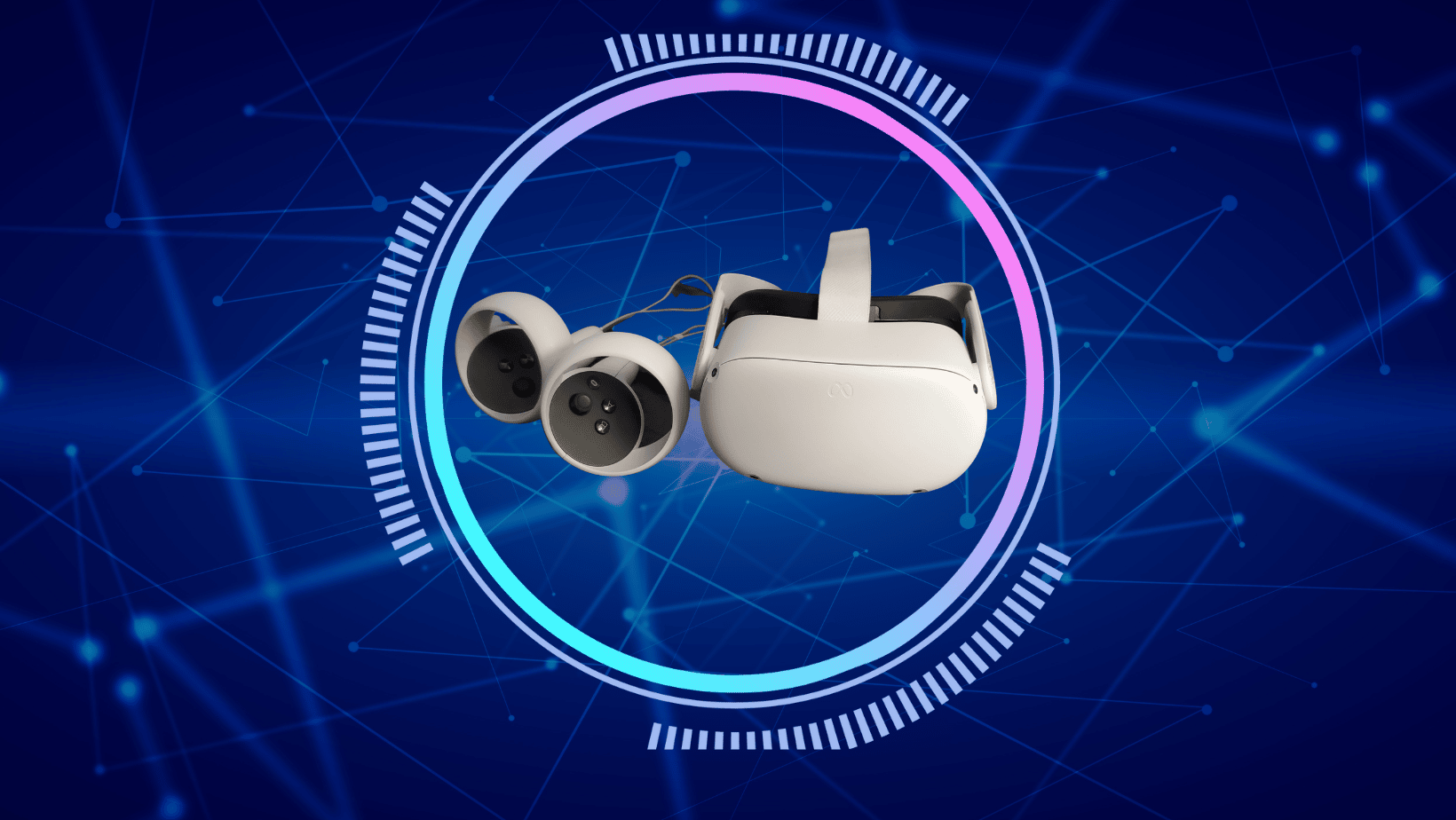Virtual reality isn’t an emerging, fringe technology that is limited to tech nerds. These are mainstream pieces of technology that can be readily purchased at Target and Amazon. They’re cool pieces of technology that play games so it was only a matter of time before parents started asking us about virtual reality and whether or not it is safe for their kids.
We did our homework! Here are our findings!
What is Virtual Reality
Virtual Reality (VR) is an immersive environment accessible through an avatar (computer representation of the player) through a set of glasses. Players can interact with a 3D space, as their avatar mimics their actions. VR can take the player to any environment imaginable and allow you to interact within that space through button pushes, movement monitoring, screen swipes, and so on. VR has the potential for education, social interaction, and gameplay combined.
Most VR glasses/headsets are recommended for children 12 years of age or older. The biggest concerns for parents in the short term will be VR sickness and eye strain.
VR Sickness
VR sickness is similar to car or motion sickness. It is caused when there is a difference between what is in your field of view and what your vestibular system detects. (The Vestibular System is the system in your inner ear that helps detect motion and to help with balance.) If your child is susceptible to either car or motion sickness then there may be a risk of VR sickness in the future. As technology progresses, there will likely be more ways to combat this, but there is no real “cure.” Most home remedies lack any real scientific backing.
VR Induced Eye Strain
Eye strain is a problem with any long-term screen usage. You can combat that with 15-minute breaks for every hour of screen time. Younger gamers may not be able to convey this to parents and require more parental supervision than others. Encourage frequent breaks, talk to your child about how they feel when and during play, and adjust their equipment for them where possible.

If your child wears glasses, then you should make sure that they fit comfortably inside the VR headset to limit discomfort.
Headaches and eyestrain could be increased for those with eye conditions. Frequent breaks can help
VR With Younger Children
VR is designed to create an immersive experience for the player. The younger the gamer, the more intense this immersion can feel. While this means younger children will often have a stronger emotional experience with VR tech. They might be scared or uncomfortable after experiencing something frightening or disorienting.
This means it will be very important for parents to talk to their kids. . Let your child tell you about their experiences and help them better understand the difference between the real world and VR.
Does this mean that children under 13 should be cut off from VR? Not necessarily. Every person is different. Monitor equipment for fit. Shorter time on the system. Talk with your children about how they feel during and after gameplay. However, because of the age limit on most headsets, content may need a closer review.
Many parents are concerned about the long-term effects of VR on developing brains and on vision. But, there is very little consensus from medical experts and manufacturers around this. This is why 12 seems to be the most common age limit among VR manufacturers six years into VR’s mass market availability. There have been a few studies done on mice and they did not demonstrate long-term effects on young mice. However, most professional advice regarding VR and kids leans towards being conservative and not using your child as a guinea pig. Every child is different so parents should use their own judgement.

VR Games and Content
Our advice regarding content for VR is the same as every other console. Parents should do their research on the VR games their kids want to play. Remember if it’s not something you would let them play in any other game setting, those rules will still apply to VR.
We do, however, recommend that new players (young and old) start with less stimulating experiences to ease their introduction to virtual reality and help them adjust to the new game style.
Some VR games do have in-game purchases. Parents should check the parental control functions, and set limits with your child to avoid potential problems.
(Note: Check out our list of Essential VR Games for the Meta Quest.)
Safe Space
Virtual reality requires a lot of space (most of the time). Imagine your child moving around your house with a blindfold. That is going to be their real-world experience while they are in VR. Clear a space for them to play to make sure your child won’t knock into a wall, fall over a coffee table, or break your favorite vase. No setup is perfect though, so you will want to supervise them during gameplay until they are accustomed to their devices and the games they play.
Final Thoughts
VR isn’t all that different from other forms of technology that are out there. Each family needs to evaluate what works best for them. Parents can look to current research, but ultimately they need to know their children and their own comfort levels in order to make the best decisions regarding virtual reality or any other new tech.
What do you think? Sound off in the comments and let us know your thoughts!
Make sure to keep your eyes on Engaged Family Gaming for all of the latest news and reviews you need to Get Your Family Game On!
- Video Games for kids on Xbox One
- Video Games for kids on PS4
- Video Games for kids on Nintendo Switch
- Board Games for kids
Follow us on Facebook!
Like us on Twitter!
Follow us on Instagram!
Subscribe to our Newsletter!
Subscribe to our Podcast!
